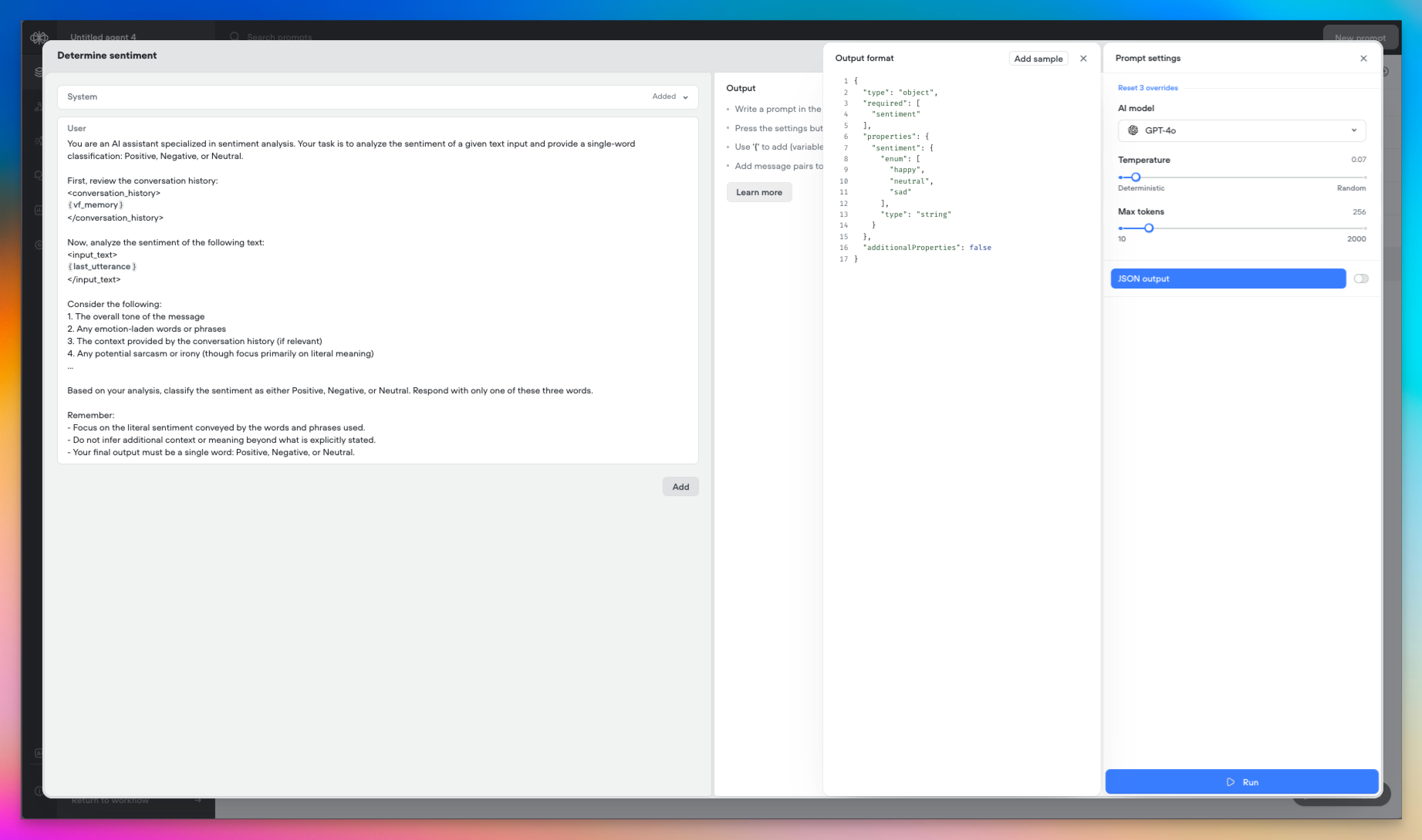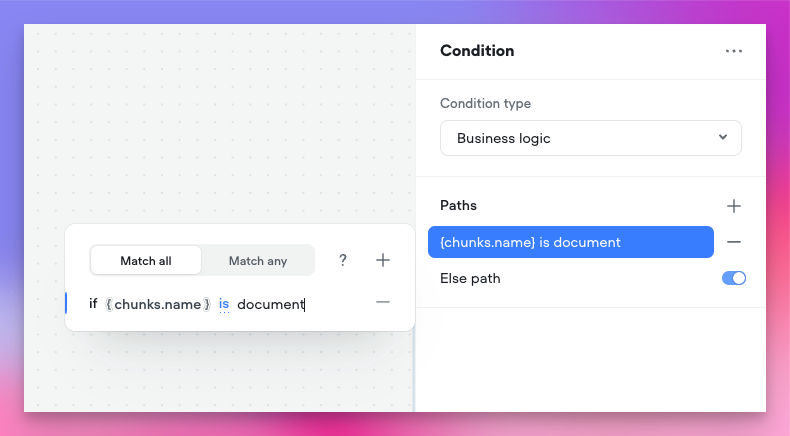Added
New Features: Structured Outputs and Variable Pathing
February 3rd, 2025 by Zoran Slamkov
Today we're introducing two powerful new capabilities in Voiceflow: Structured Outputs and Variable Pathing. These features expand the possibilities for working with data from large language models (LLMs) in your agents. Let's explore what they enable!
🎉 Structured Outputs
Structured Outputs let you define the format of the data you expect an LLM to return, giving you more control and predictability over the results.
- In a prompt step, enable the new "JSON Output" option to specify the structure of the LLM's response.
- Today, Structured Outputs support the following data types:
- String
- Number
- Boolean
- Integer
- Enum
- Support for arrays and nested objects is planned for the near future.
- Structured Outputs are available with
gpt-4o-miniandgpt-4omodels.

💪 Variable Pathing
Variable Pathing provides a streamlined way to work with complex data structures in your Voiceflow project.
- Store an entire object in a single variable, then access its properties using dot notation (e.g.
user.name,user.email). - Capture Structured Output responses or API results as objects.
- Use object properties directly in conditions, messages, and other steps.
- Reduce the need for multiple variables to represent a single entity.

🍰 Bringing it All Together
Combining Structured Outputs and Variable Pathing opens up new design patterns for crafting agent experiences:
- Define precise data requirements for LLMs to provide relevant information
- Capture responses as feature-rich objects in a single step
- Access and manipulate object properties throughout your project
- Streamline your project's design while expanding its capabilities
We're excited to see the voice experiences you create with these new tools! Feel free to share your questions and feedback with us.